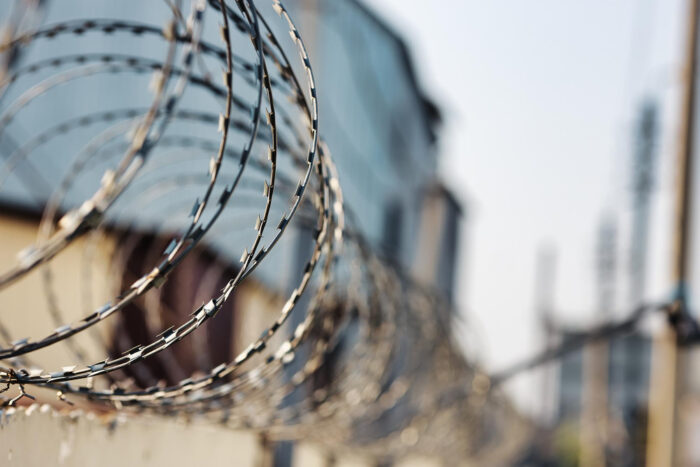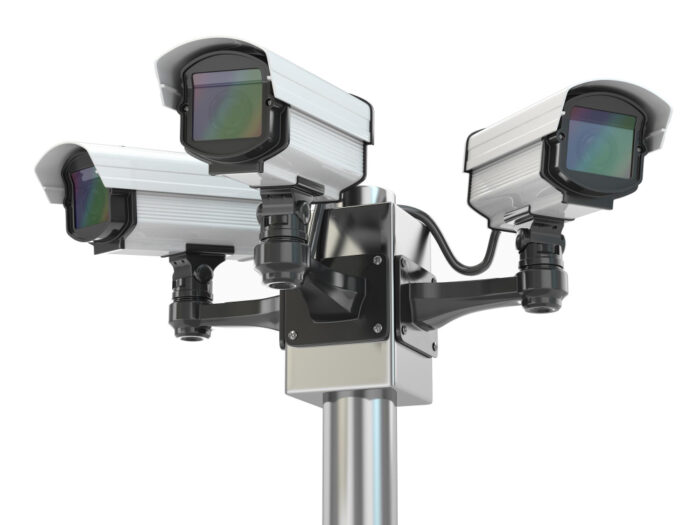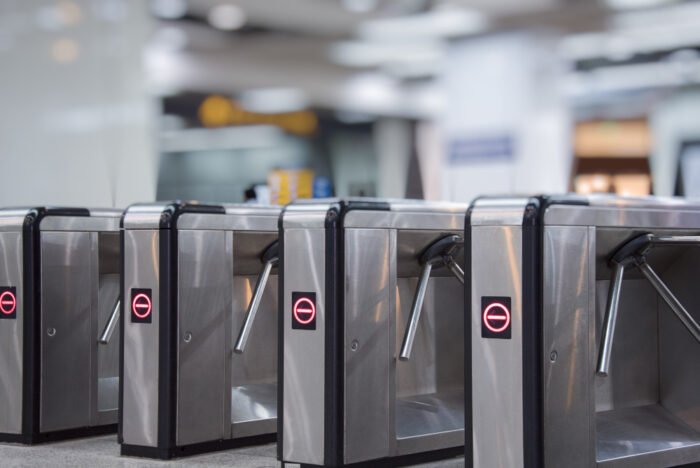
Data centre security is usually seen as a logical security issue – the use of firewalls, detection of hacking attacks, cloud-based hypervisors and other strategies to deter and defend against hackers and other network breaches. However, it is the control of physical access to the data centre that is the real basis of data security and protection against:
A well thought-out and well-defined physical security plan is essential in developing and maintaining the correct level of security. Such a plan should cover every aspect of server room security, from the design of the system to the application of daily policies on all operations, visitor handling and emergency and disaster response.
The physical security infrastructure of the data centre should protect the space from the boundary of the facility to the server room wardrobe, in accordance with industry standards and best practice. Proper design of the server room layout allows for the effective use of multiple systems to provide the attributes and services required in a modern data centre. Standards are guidelines that tend to be general in nature. A comprehensive, strategic approach is more likely to achieve the desired certifications.
Given the ever-increasing role of data centres, a security breach, and the consequent loss of necessary certifications and compliance standards, can be crippling to a business.
Six key layers of comprehensive data centre physical security protection should be defined:
Some server rooms are not designed to support all six layers, and some layers may be combined. For example, a smaller server room may not have an extensive clear zone, with perimeter security leading directly to the facade of the facility and the reception area. In addition, a multi-tenant data centre with an increased flow of people may have different security needs than a single enterprise server room. Where possible, appropriate physical security protocols should be implemented and best practice followed.
At DCNART, we take the physical security of a facility very seriously and work with some of the best specialists and manufacturers in the industry in this area.





